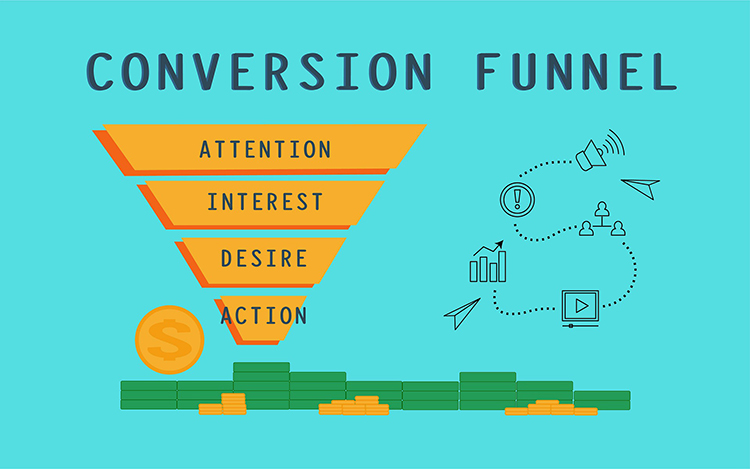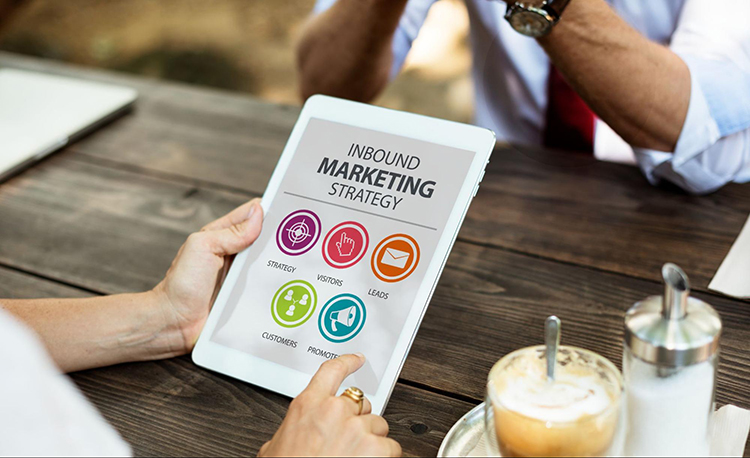Are your marketing and sales departments playing well together?
If not, that problem needs fixing, or else it will seriously cost your brand in both productivity and marketing as well as sales alignment revenue.
According to MarketingProfs, organizations that succeed in aligning marketing and sales can see up to a 36% increase in customer retention rates. Both departments are essential in themselves, but they work best for a building materials manufacturer when there is a free exchange of information, shared goals, and a sense of collaboration.
Achieve this, and your brand will be on a much better path to greater reach and market share. Here are 4 ways you can finally achieve marketing and sales alignment, and keep it going for the long haul:
1. Create a Free Flow of Information From Marketing to Sales
It’s often the marketing division’s task to distribute collateral like brochures, sell sheets, flyers and more to sales reps. For a large enterprise building materials brand, this can quickly turn into a complex undertaking.
According to research gathered by Business 2 Community, up to 90% of business-to-business sellers don’t use sales materials because they find them irrelevant, outdated, and hard to customize. Another past survey by SiriusDecisions (Forrester Research) found that 60-70% of content put out by a B2B marketing department sits unused, often because sales reps don’t know it exists, how to use it, or where to find it.

What can you do to avoid these issues while strengthening the marketing-sales relationship?
Use the right tech solution. Specifically, a digital asset management software that helps marketing organize, track, and share sales collateral with precision and ease. A great one to try is RevBase, a new tool offered by Bullseye Locations.

RevBase lets you keep all the assets a sales rep could need access to in one spot. Sales reps, from there, can download relevant, up-to-date digital items instantly. If print materials are needed, they can request specific right ones without a hitch and add them to a queue for printing.
Another way marketing can serve sales is by creating automated email sequences that qualify leads. This is easy to implement and effective, especially if you’re already using a Bullseye dealer locator on your website. Bullseye-built locators are unique in actually capturing leads and helping building materials manufacturers to track their customer journeys.
Here’s what that might look like, in a little more detail:
First, marketing sends a series of follow-up emails after customers submit inquiries through a Bullseye-built locator page. From there, marketing personnel can look at click-through and response rates to qualify email leads for 1-to-1 conversations with sales.
(Even if you have a lead qualification process in place that looks something like this, using your Bullseye locator for lead gen can give your sales pipeline an extra boost.)
The result? More closed deals. A stronger contribution from marketing to the success of your sales process. The right tech can help you get it done!
2. Have Sales Staff Report Deeper Customer Insights to Marketing
Just as marketing can pass on valuable collateral and qualified leads to sales, the sharing should go the other way as well.
Sales reps have powerful customer insights that can, and should, help marketing create better materials.
According to a HubSpot State of Inbound report, only 25% of companies said that leads generated by the marketing department were the top source of sales, whereas 38% said leads that came from the sales department were the biggest source.

Why the difference? Sales reps know the customer better.
The salesforce deals with customers — whether those are dealers, contractors, or end consumers with high-stakes projects — every day. They know the beliefs, desires, frustrations, and needs of the market.
For that reason, they’re a valuable source of intel on what customers really want from a brand like yours. If sales reports back to the marketing department from the field, it can make for much stronger brochures, website copy, and sales collateral.
Another thing that sales can do is retell customer stories in a powerful way. These can be shared with marketing to help create persuasive testimonials and case studies, refine buyer personas, and inspire sharper promotional ideas.
The bottom line: when sales shares actionable insights and intelligence with marketing, marketing can in turn, create better, more sharply-targeted content that hits home with your best customers.
3. Enable Your Local Dealers and Contractors With Persuasive Sales Materials
Thanks to your local contractors and brick-and-mortar retailers, your product is getting into consumers’ hands, and ultimately, into their homes and offices.
However, even if local professionals like and want to promote your products, they won’t do so as effectively as possible unless you enable them.
Therein lies the importance of using channel partner enablement. This is a strategy by which you give your local partners, namely dealers and contractors, the materials they need to be effective sales messengers for your brand. That means giving them brochures, detailed catalogs, and more that will help those pros speak with authority on why your products are superior.
The best way to accomplish this, again, is through a digital asset management system like RevBase. RevBase lets you give your channel partners secure access to materials you’ve specifically selected for them, so they can be accessed anytime on-demand…whenever your local partners’ promotion of your brand can make a difference.

Local dealers and contractors are key parts of your extended salesforce. Think of them that way, and you’ll see how crucial it is to empower them with the right persuasive sales materials.
This mindset and strategy will help your brand stand taller than others, both in the minds of local professionals and the consumers they serve every day.
4. Build a corporate culture of working towards shared goals.
The right way to make marketing and sales alignment stick? Ensure both departments are mentally on the same page.
This doesn’t happen in a vacuum. You should be thinking about intentionally setting the right tone, and creating a whole culture in which marketing and sales work together on common goals.
There’s good reason to believe your employees really want this, too. According to McKinsey, 97% of employees and executives feel that a lack of alignment within teams affects the outcome of a task or project.
Give both marketing and sales a sense of reward in pursuing the same targets, with your brand promise as the centerpiece and rallying cry…and your workforce will naturally come together to accomplish the mission.
There are several important ways to facilitate this:
Establish Regular Meetings to Foster a Cross-Department Understanding of Your Customer Base
These shouldn’t feel like boring or purposeless meetings. Rather, they should be centered around who and what matters (that is, your customers and their experience with your brand) and how each team can improve encounters with your brand, both online and offline.
At the very least, these discussions should feel informative and helpful for both sides, as marketing and sales report on how their specific activities are getting closer to creating the ideal buying experience for customers. At best, they can inspire some healthy, friendly competition between the two departments.
Have Sales and Marketing Collaborate on Refining the Customer Journey
Without marketing and sales alignment, it’s hard to construct a stable, solid customer journey. The vision should be a unified one.
When both departments work to optimize the customer’s journey, with openness to ideas and the flexibility to test and refine things as time goes on, it will bring the two teams together in a way that yields positive real-world results for your brand.
Brainstorm Together for New Ways to Improve Customer Service
The customer journey, of course, continues well beyond the point of sale. You’ll want sales and marketing to cooperate on ways to improve the customer’s experience with the product, whether that means providing them with helpful information as part of follow-up, or checking in periodically as a means of ongoing customer support.
Both teams can also get together to explore new ways of reaching prospects, while brainstorming how the relative strengths of marketing and sales would play into those strategies.
Ensure You’re Using the Best Tech Solution Possible
These days, the best corporate interconnectivity is only as good as the tech infrastructure supporting it. Depending on old, manual ways of sharing information and brainstorming on ideas will just keep your sales and marketing departments siloed.

A modern solution like RevBase, however, can make the sharing of product development info, sales collateral, and other key documents and tools instantaneous. This will help minimize the gap between ideation and results.
For Better Building Material Marketing and Sales Alignment, Use the Right Tools
Modern software tools and systems matter. They keep modern enterprises running — and companies that keep their marketing and sales efforts on the same page, using the right tools, will have the advantage.
This is where the right tech comes in for any building materials manufacturer looking to grow sustainably. Sales and marketing are the two most critical departments when it comes to converting new customers, and alignment is key to steady growth.
However, that can only come about with an organized effort, supported by the right tech. RevBase can support this like no other solution.
Using RevBase, you can ensure that there’s a seamless free-flow of information between marketing and sales departments at all times. This means marketing can supply sales reps with important persuasive collateral, and sales can come back and help marketing refine those materials with hard-won insights. Both departments will have a digital “home base” for trading ideas and creating better selling tools.
In addition, dealers and contractors — your extended local salesforce — will have the most up-to-date info about your products.
All in all, a solution like RevBase, owned and offered by Bullseye Locations, can be the missing key that unlocks your business material marketing and sales alignment, along with your brand’s growth.
Ready to see how it all works? Get in touch with RevBase today.
